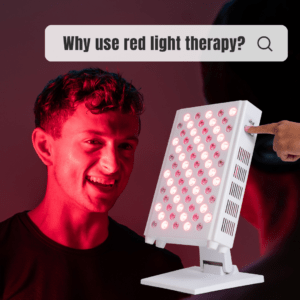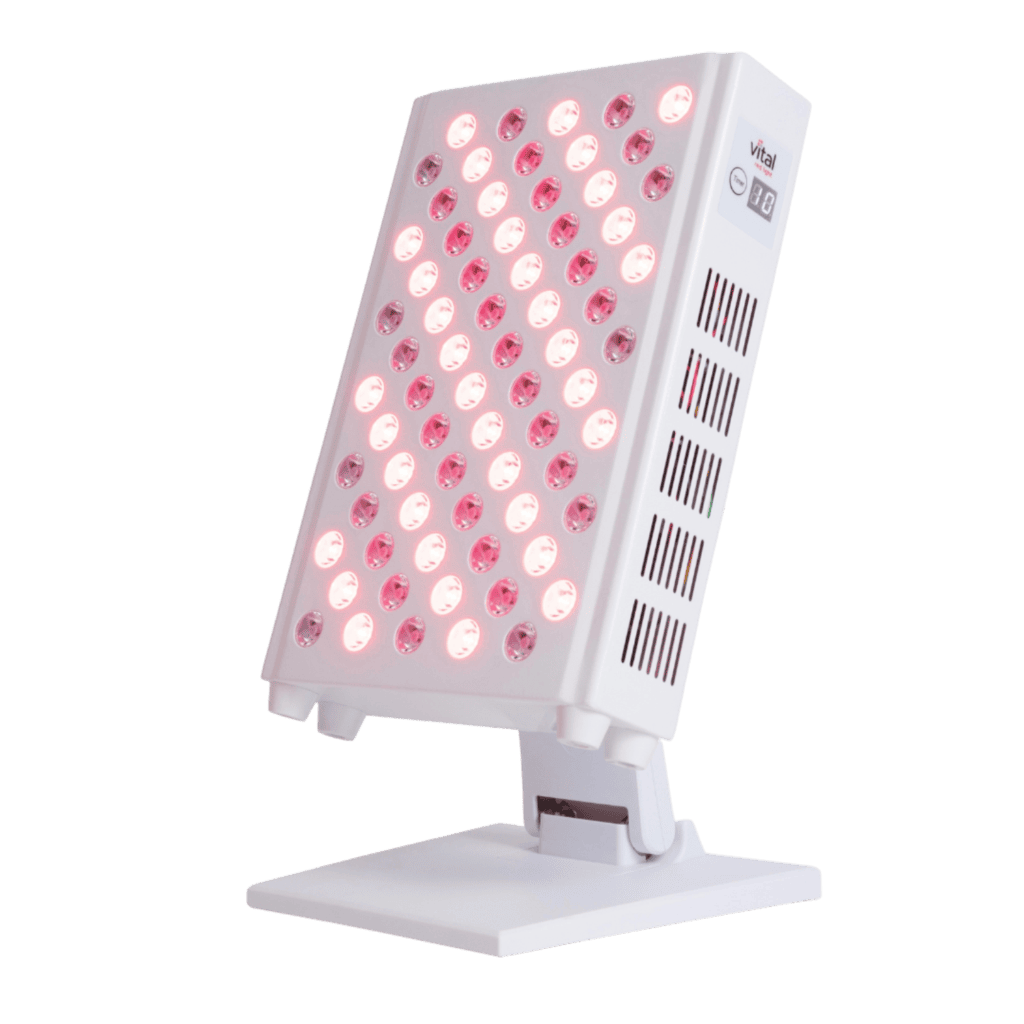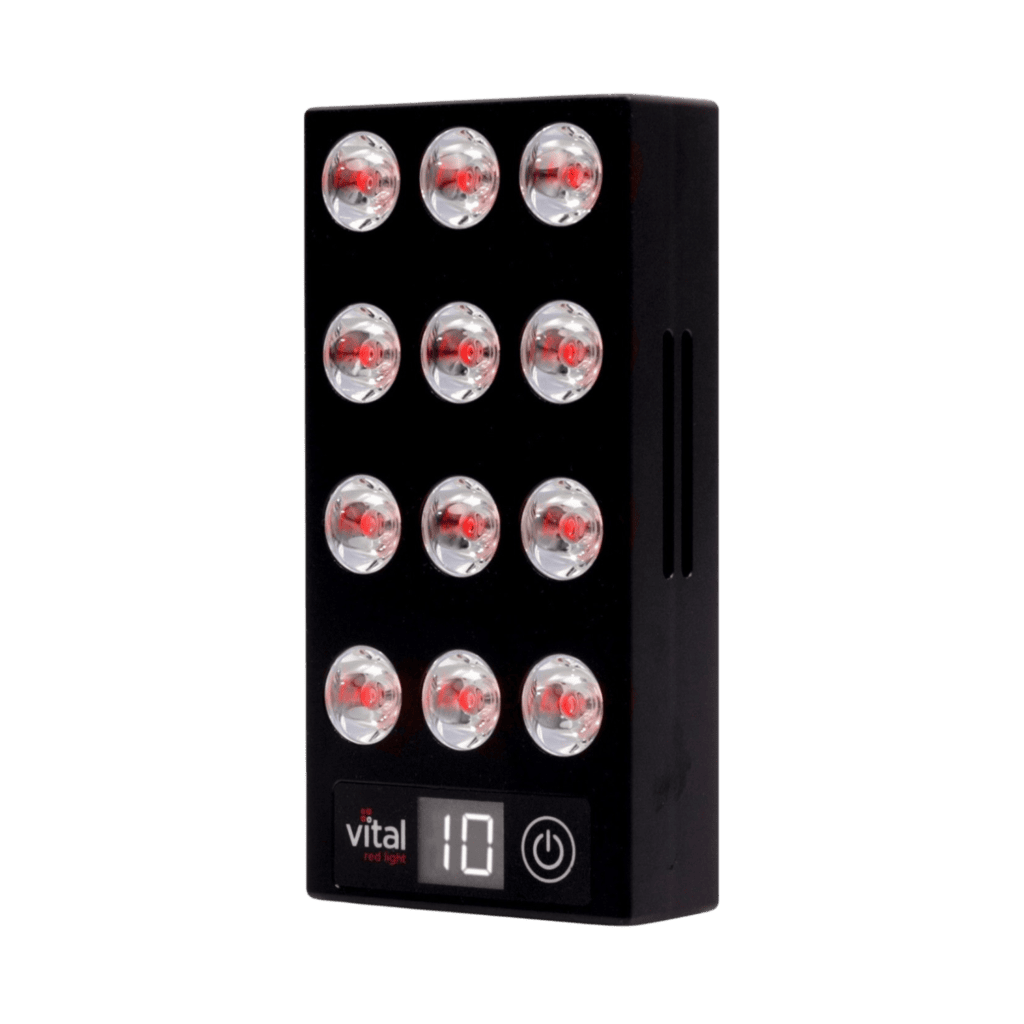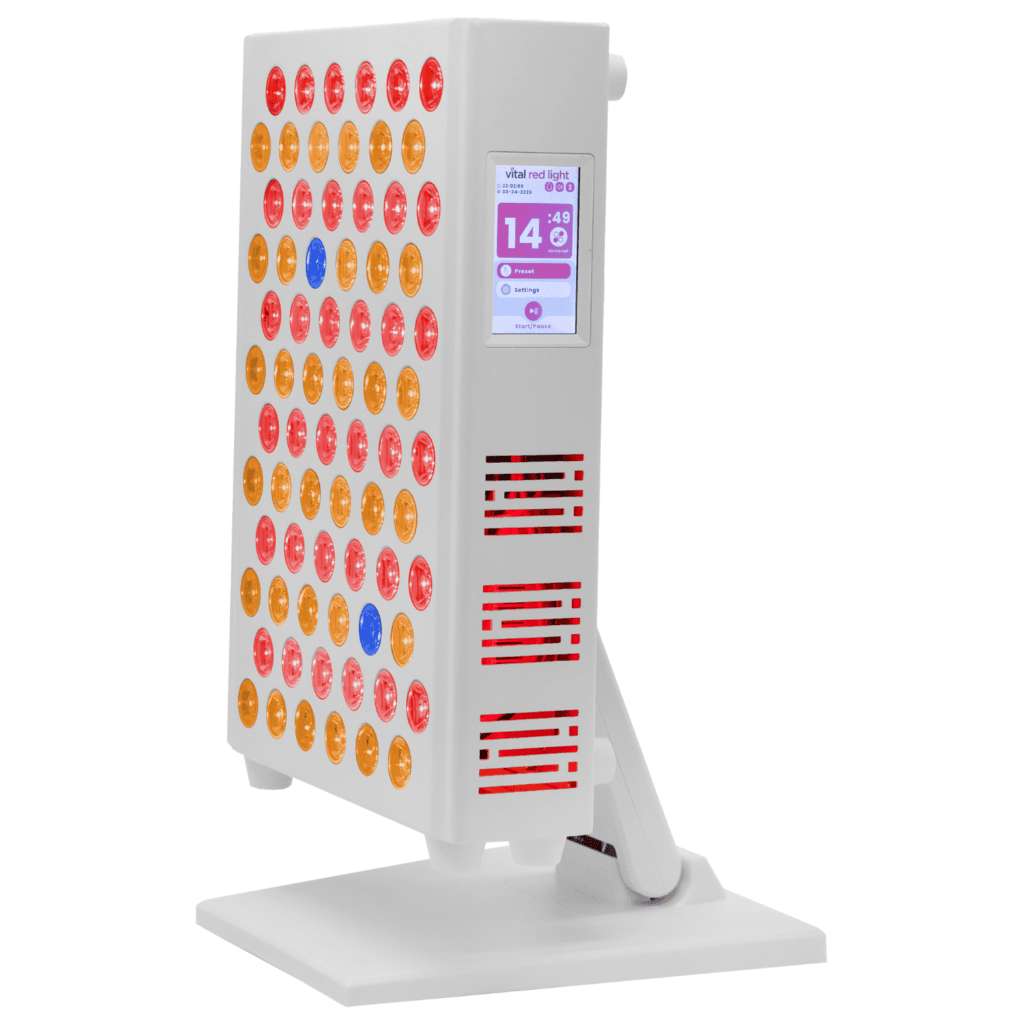4 Secrets to a Better Night's Sleep.
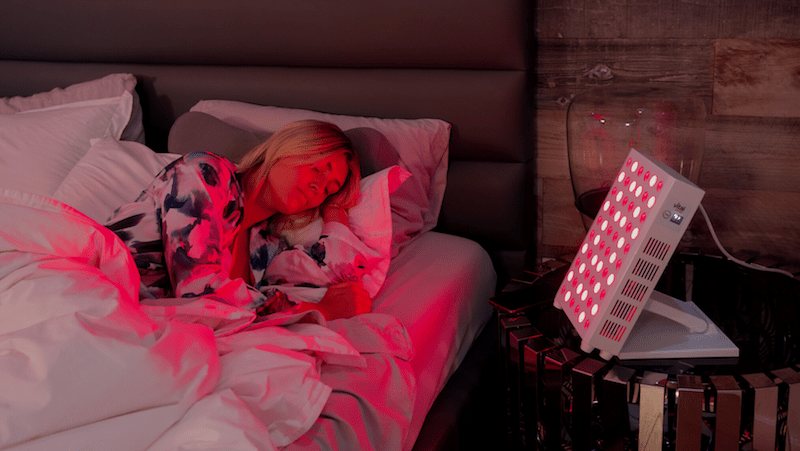
Most of us know that ideal sleep environments are dark, quiet, and cool. But if you’re trying to improve your sleep to reduce fatigue and daytime sleepiness, it’s not enough to just get the basics right—you need to think about light. Understanding red light therapy benefits for sleep is key, as it’s gaining attention as a natural way to support better rest by regulating your circadian rhythm and promoting melatonin production.
Light is the most important external factor affecting sleep. While most people intuitively know that it’s easier to sleep when it’s dark, the link between light and sleep goes much deeper. Getting a good night’s sleep is one of the best things you can do for your health, and a lack of sleep can lead to issues like depression, poor memory, weight gain, and more. If your sleep schedule is all messed up, you might be waking up too late or in the middle of the night.
This article will explore how red light therapy for sleep can help improve sleep quality, regulate your body’s natural rhythms, and support overall well-being.”
Tip 1. Get Morning Sunshine
Lack of sleep is a big problem in America. Not getting enough sleep can lower your sex drive, weaken your immune system, cause mental clarity issues, and lead to weight gain. If you find yourself part of this no-sleep category, you’re not the only one. Approximately 1 in 3 American adults isn’t getting enough sleep, according to the American Academy of Sleep Medicine.
So the question is, what can you do to improve your sleep? At this point, we all know that exposure to blue light (from our phones and screens) can interfere with our sleeping patterns. We use blue light filters on our phones and wear blue light glasses while working on the computer. However, the average person doesn’t really think about how other wavelengths of light affect their daily habits. For example, maybe red light can help you sleep.
Red Light Therapy Benefits for Sleep: How It Improves Rest and Recovery
Red light therapy can help you relax and wind down in the evenings, ultimately promoting deeper and more restful sleep. Red light has a long wavelength, which has a calming effect on the body. Therefore, it has beneficial effects on sleep and other physical properties that help promote relaxation and rest in the evenings.
Clinical research is also showing that red light therapy can improve sleep quality and duration, and help people produce more of their own melatonin – also known as the sleep hormone. Red light therapy has an extensive list of amazing benefits in the evening, such as:
- Helps you naturally de-stress and wind down in the evenings
- Assists with circadian rhythm sleep disorder and insomnia
- Promotes more of the sleep hormone, melatonin
- Helps with anxiety and seasonal depression
- Reduces pain and inflammation
- Promotes relaxation and enhances circulation
Tip 2. Red light therapy mimics what you’d observe watching the sunset.
Ever wonder why you feel so incredible watching a soothing sunset? Do you know how the sky turns red, orange and yellow? This is because the sun is actually emitting the highest amount of red and near-infrared light out of any time a day. Red light therapy mimics what you’d observe while watching a sunset.
At sunset, the sun naturally emits the highest amount of deep red and near-infrared light, which tells your body it is time to wind down and relax. If you struggle to sleep, your light intake could be a big factor. Red light therapy delivers natural light like you’d get from the sun, but without UV rays, excess heat, or the need for sunny weather.
Tip 3. Red light therapy helps to regulate your circadian rhythm.
One of the most surprising benefits of red light therapy is its effect on sleep and circadian rhythm. Overexposure to bright artificial light (in your iPhone) and the fluorescent lightbulbs in your office cause a number of health problems. This sort of bad light throws off the body’s natural circadian rhythm, also known as the body’s sleep and wake cycle.
Exposing your eyes to light similar to sunlight, red, and near-infrared light therapy helps realign your circadian rhythm with the patterns of the sun. As a result, you feel more tired in the evening, as sunlight lowers, and more awake in the morning when the sun rises. Red light therapy can also be used as a sleep aid to treat insomnia and other sleeping disorders, an aids as a nighttime light source because of its low color temperature.
Tip 4. Red light therapy naturally produces more of the sleep hormone at night
Red light therapy is used as a sleep aid to treat insomnia and other sleeping disorders, and can be used as a nighttime light source because of its low color temperature. Research proves that red/NIR light stimulates the production of melatonin, the sleep hormone.
The warmer tones from a red light therapy device signal to your brain that it’s getting dark outside, which prompts the body to start producing melatonin. Unlike artificial blue light from room lighting and digital screens, red light helps the mind and body to wind down and encourage the production of the sleep hormone melatonin.
How do I use red light to improve my sleep?
Using red light therapy device is simple and easy for sleep optimization and can be done in either the morning or the evening. Red light therapy for sleep works to offset the harmful exposure to blue light therapy, especially at night, to calm to body. Red light, unlike blue light, does not have a stimulating effect on the body – rather it calms and soothes.
Working in 5-10 minutes of red light therapy prior to bed will drastically improve your sleep performance and quality. In the morning: Using red light therapy in the morning, similar to the sunrise, suppresses melatonin (the sleep hormone) and gives you the energy to start the day. In the evening: Use red light therapy at least 60 minutes before bed (1-2 hours before seems to be optimal). Red light therapy protocol for better sleep:
- Frequency: 3-7x/ week
- Treatment time: 10 minutes from 2 feet away from the device
- Light mode: Red light and near-infrared light
- Tips: Using red light therapy in the evening at least 60 minutes before bed (1-2 hours before seems to be optimal) If your eyes are sensitive to light, use the device on your back (triggering a relaxation response and the downregulation of your nervous system
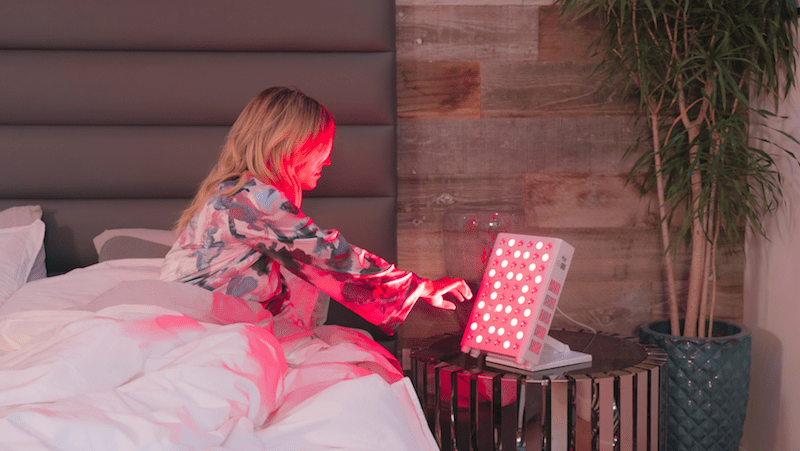
In Summary
Red light therapy is an excellent non-drug alternative to help you sleep through increased melatonin production stimulated by the red light. Red light therapy devices emit light with a wavelength of 650 to 700 nanometers.
This light has a calming effect on the body, which is why it’s used to treat SAD, depression, insomnia, and other conditions. Vital Red Light therapy is an advanced, easy-to-use treatment to promote sleep and relaxation in the evenings.
The devices are safe for anyone to benefit from with no known side effects, except better health. Red light therapy isn’t a magic bullet. It doesn’t work for everyone, and it usually takes several weeks before people notice the benefits to your overall health. But for people who suffer from not sleeping well or insomnia, it can be a life-changing tool.
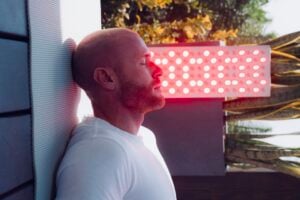


Why A Red Light Therapy Device Is The Perfect Gift For Any Occasion
